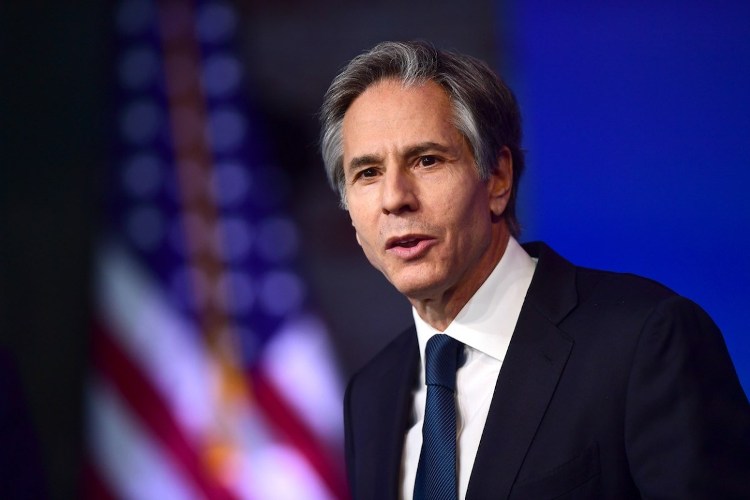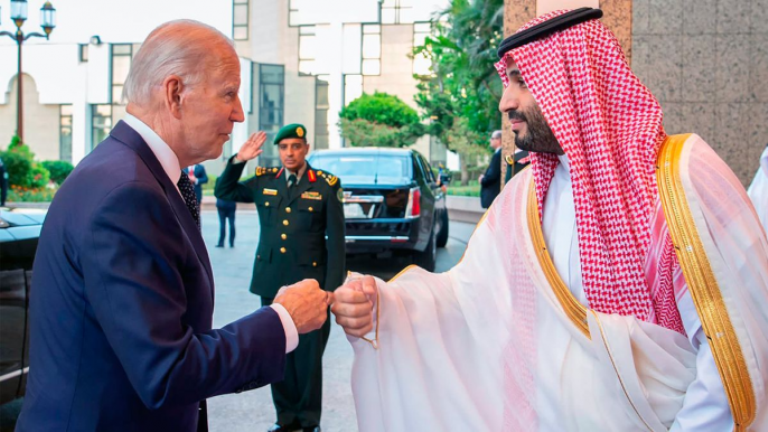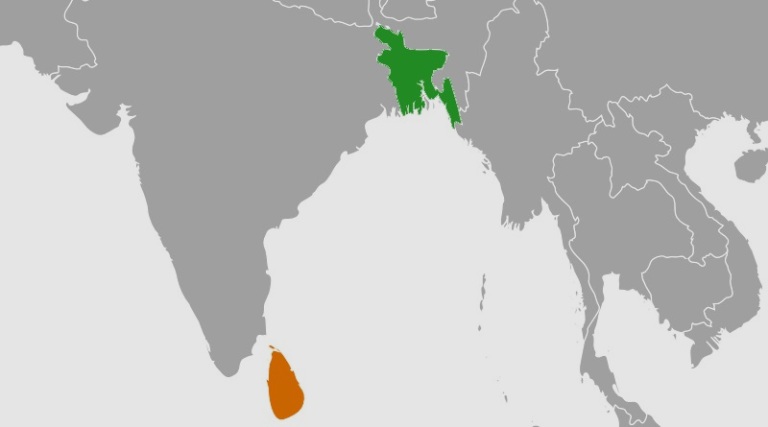
US Secretary of State Tony Blinken. COURTESY
US Secretary of State Tony Blinken has outlined his aspirations for US foreign policy. His words were encouraging – even inspiring. But so far in his tenure, US actions in Asia do not match them – and in Asia actions speak louder than words.
The current reality is a mix of hopes, hype, disharmony and hypocrisy. Moreover, the contradictions between words and actions raise the question of who is in charge, the diplomats or the militarists?
State Department “guidelines” for US foreign policy going forward assume that “the Indo-Pacific region is becoming the key to shaping the international order in the 21st century.”
Of course the US approach to the South China Sea issues is a subset of overall US policy toward China and the region. But it is a bellwether because these issues are at the forefront of their tactical and strategic confrontation and a nexus of their fundamental differences regarding the “international order.”
Moreover, US policy toward China and the South China Sea drives US policy toward Southeast Asia. In this context, US policy toward China in the South China Sea will be a major challenge and harbinger for President Joe Biden’s Indo-Pacific foreign policy.
Biden has proclaimed that “diplomacy is back at the center of our foreign policy.” Blinken has echoed this by claiming that diplomacy, not militarism, will always come first: “Real strength isn’t bluster and bullying.”
Yet so far Biden’s team is continuing more of the same Trumpian mixture of hypocrisy, demands, confrontation, and military intimidation.
Indeed, it seems to China that the Biden administration is doubling down on former president Donald Trump’s “in your face” pursuit of an ineffective, militarily risky and counterproductive approach. In the first six weeks of Biden’s administration, the US Navy executed two freedom of navigation operations (FONOPs) in the South China Sea, made three warship transits of the sensitive Taiwan Strait, and deployed two aircraft-carrier strike groups to the South China Sea.
The US also deployed four nuclear capable B-52 bombers to Guam to “reinforce the rules-based international order in the Indo-Pacific region” through “strategic deterrence.”
Despite Biden’s and Blinken’s stated aspirations, these actions are perceived in the region as offensive actions, not defensive as some US officials might claim.
The Biden administration has also signaled that it will continue its tactics of military intimidation. It has announced that US warships and fighter jets will join the planned deployment of the UK’s Queen Elizabeth carrier strike group to the South China Sea.
The fundamental question is whether the Biden administration will continue the US goal of hegemony in the region or shift toward the “balance” and “competitive co-existence” advocated by Biden’s Indo-Pacific coordinator Kurt Campbell and his national security adviser Jake Sullivan.
Many Southeast Asian countries are wary because these US actions send a signal that continuing instability in the South China Sea is likely under the Biden administration rather than an approach to stability as some had hoped. Indeed, they think it will only continue the cycle of tit-for-tat military actions and reactions that increase the possibility of conflict and collateral damage – as well as continuing pressure to choose sides – for Southeast Asia.
They fear that the US will create a political and military mess and then pull out as it did from Vietnam – leaving its “allies and partners” to deal with what it leaves behind – including an angry and vengeful China. Indeed, we are currently seeing another version of this movie in Afghanistan and Iraq.
Let’s face it. The United States’ frequent use of military threat and force has become a modus operandi. A pattern has been established that would take monumental courage to change. As Harvard professor Stephen Walt says, “US actions have caused enormous suffering in other countries – through sanctions, covert action, support for thuggish dictators, and a remarkable ability to turn a blind eye to the brutal conduct of close allies – not to mention America’s far-flung activities.”
Is this what we can expect in the Biden era? The free pass given to Saudi assassin Prince Mohammad bin Salman and the civilian collateral damage of continuing bomb and drone strikes such as those in Syria indicate that it is. Indeed, this could ultimately be what is in store for the South China Sea and Southeast Asia.
Blinken has proclaimed that “we will not promote democracy through costly military interventions.” But he has also said, “At the same time we will continue to have the world’s most powerful armed forces. Our ability to be effective diplomats depends in no small measure on the strength of our military.” So which will it be in Asia – and in particular in the South China Sea?
Obviously, the two tools – diplomacy and military intimidation – will be integrated and applied in a manner calibrated to the specific situation. But Blinken’s speech and US actions so far do not provide evidence or even hope that is forthcoming – at least for the South China Sea.
Indeed, despite the US military being nominally under civilian control, the militarist view seems to be prevailing. This is worrying because it seems that despite the best intentions, the US will always be at war.
This is because it considers its values and form of government – as dysfunctional as it is – to be threatened by rival sets of values and types of governance, to the point that it uses its superior military to contain and constrain such “threats.” That is what seems to be happening in the South China Sea.
All this raises the question of whether Biden, Blinken and Campbell have been outmaneuvered by China hardliners. The early signs are a far cry from their professed desire to lead with diplomacy rather than raw power.
Indeed, it would seem that the militarist cart is still ahead of the diplomatic horse. If there is to be a new US approach to the South China Sea conundrum, China and Southeast Asia need to see a signal – and soon.
The two-plus-two meeting between Blinken and Sullivan and their Chinese counterparts Wang Yi and Yang Jiechi last week did not provide much hope that such would be forthcoming. Indeed, it gave the impression that the US will continue to try to maintain its hegemony in the region and the South China Sea and that compromise is not on the table.
* The article was published on Asia Times












0 Comments